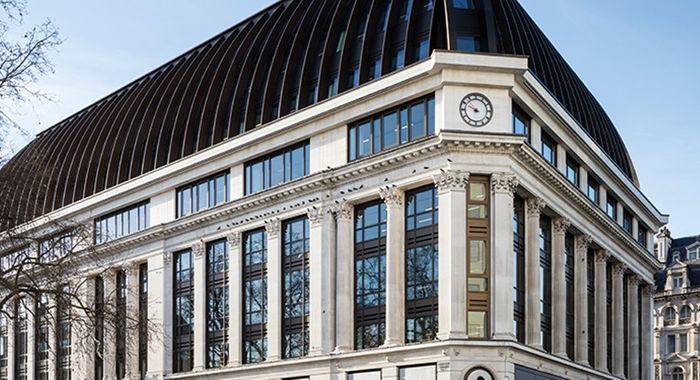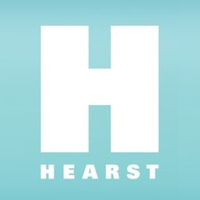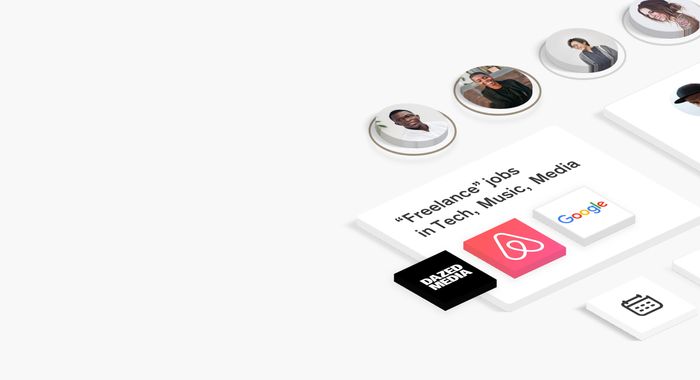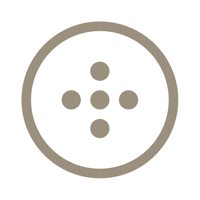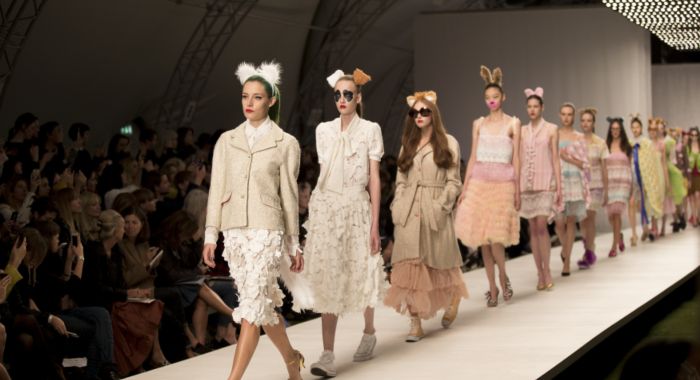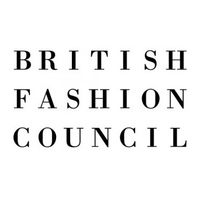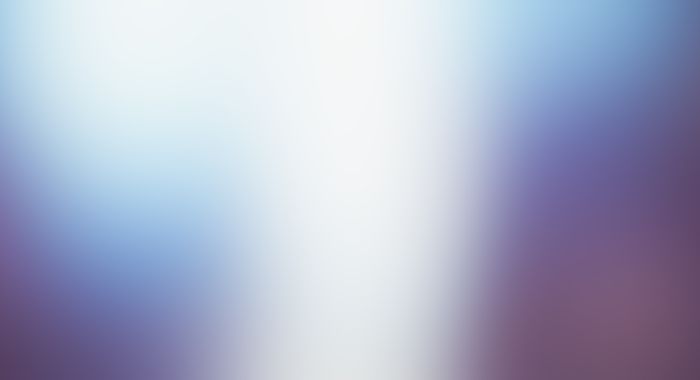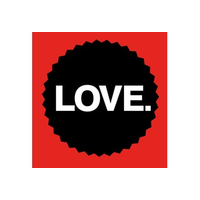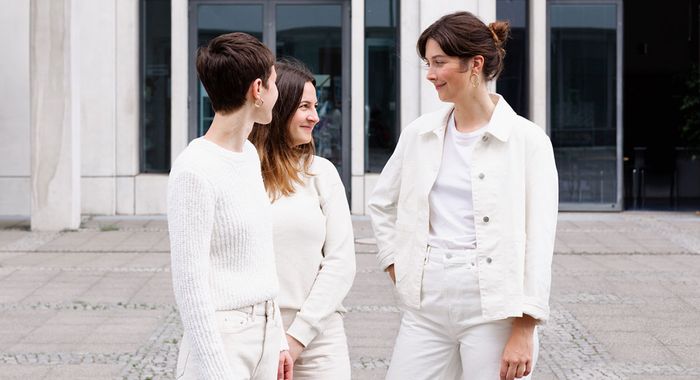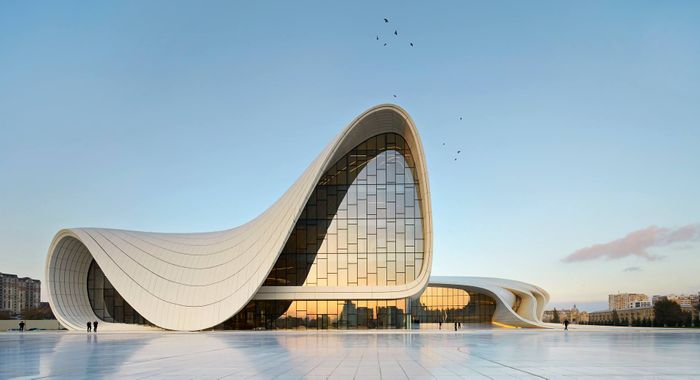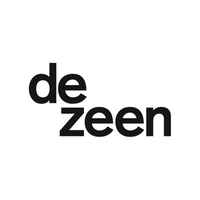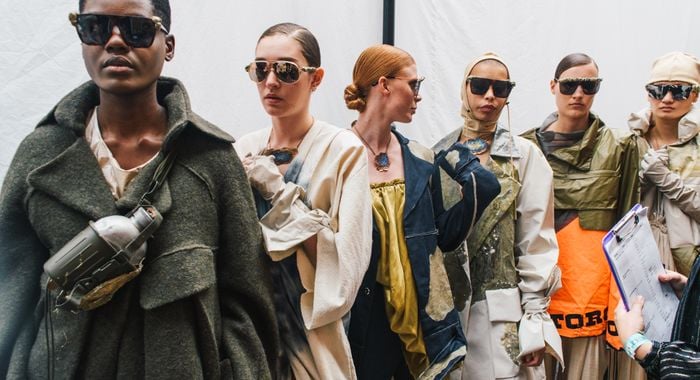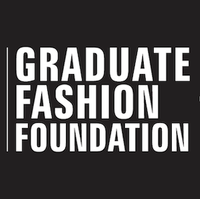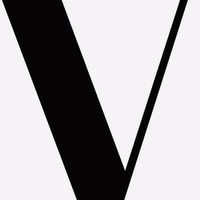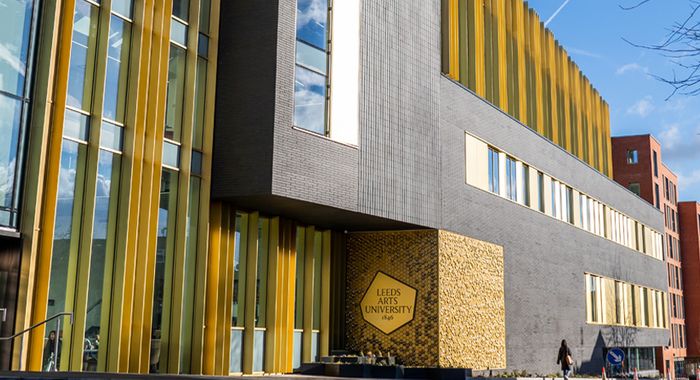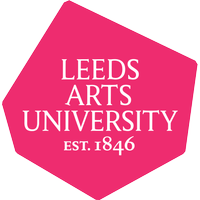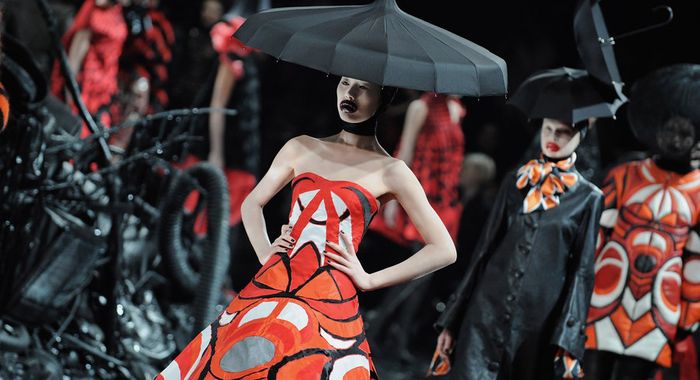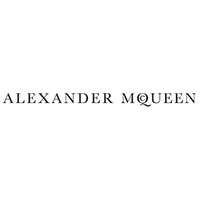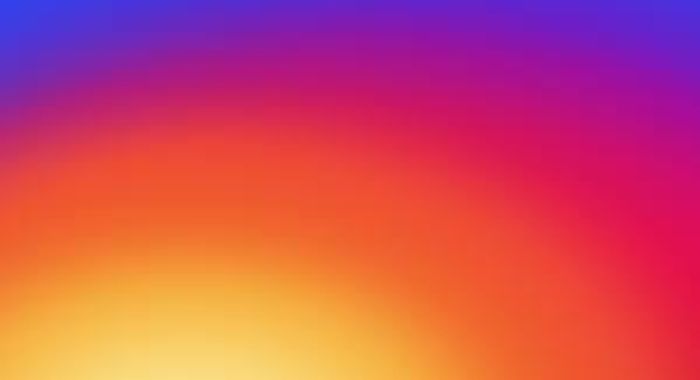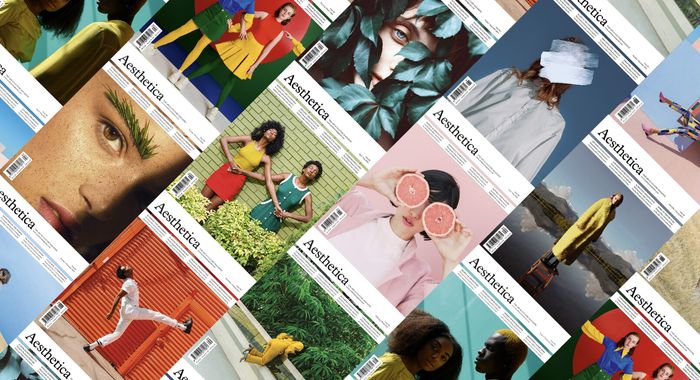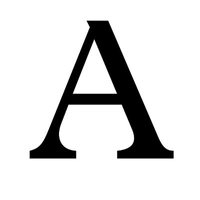THE VANISHING SCARF
The inspiration is based on observations from a form of self-reflection and the personal experiences of the designer and relates this autobiographical narrative to a broader cultural, political and social context and awareness as well as many collective perspectives on the advancement of gender equality and women's empowerment in society. My aim is to promoting it so that women can have the right to dress in their own way without being criticized by society or the opposite sex or even their own race. This is a major problem, which is debated very widely in many countries, whether developed or in the process of developing and various theories have been published in this regard. This problem can be massively intensified in different races, while in others it’s not as salient. Growing up as a girl in Iran, fashion was always a form of “Protest”. In Iran, women who make fashion statements can break the law and risk their lives. They use fashion as a form of resistance. I was instantly drawn to the idea of “Restriction”, and how social inequality between men and women is reflected. The fact that they didn’t have a chance to voice their opinion. I want to emphasise how masculine women become in the sense of their lifestyle. During the process the idea was to create both masculinity and femininity throughout the collection to fight for women's right and to achieve gender equality, a debate that has not yet been spoken or mentioned in any way. I have always been interested in womenswear tailoring and I truly believe: ''What gives a woman more power and visibility than a suit''!
